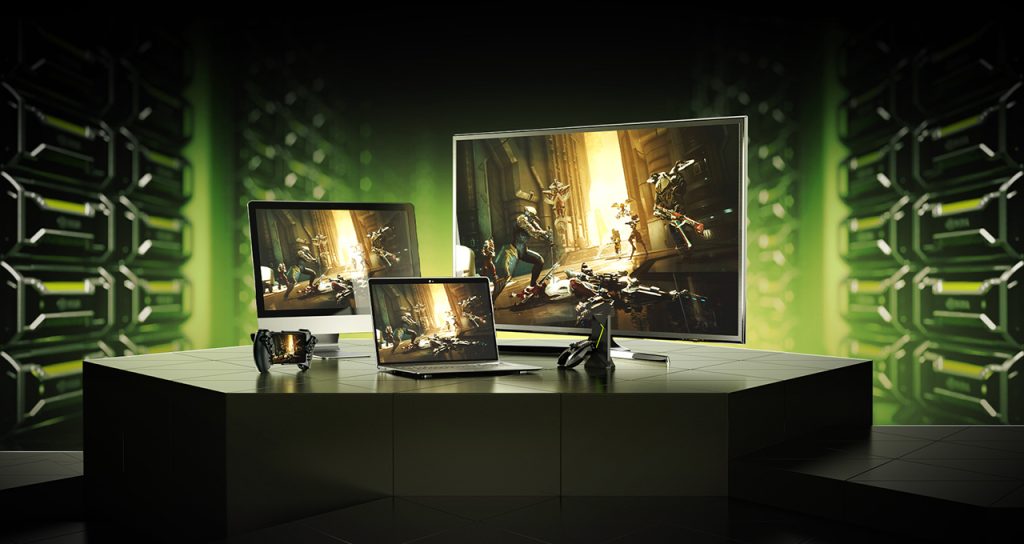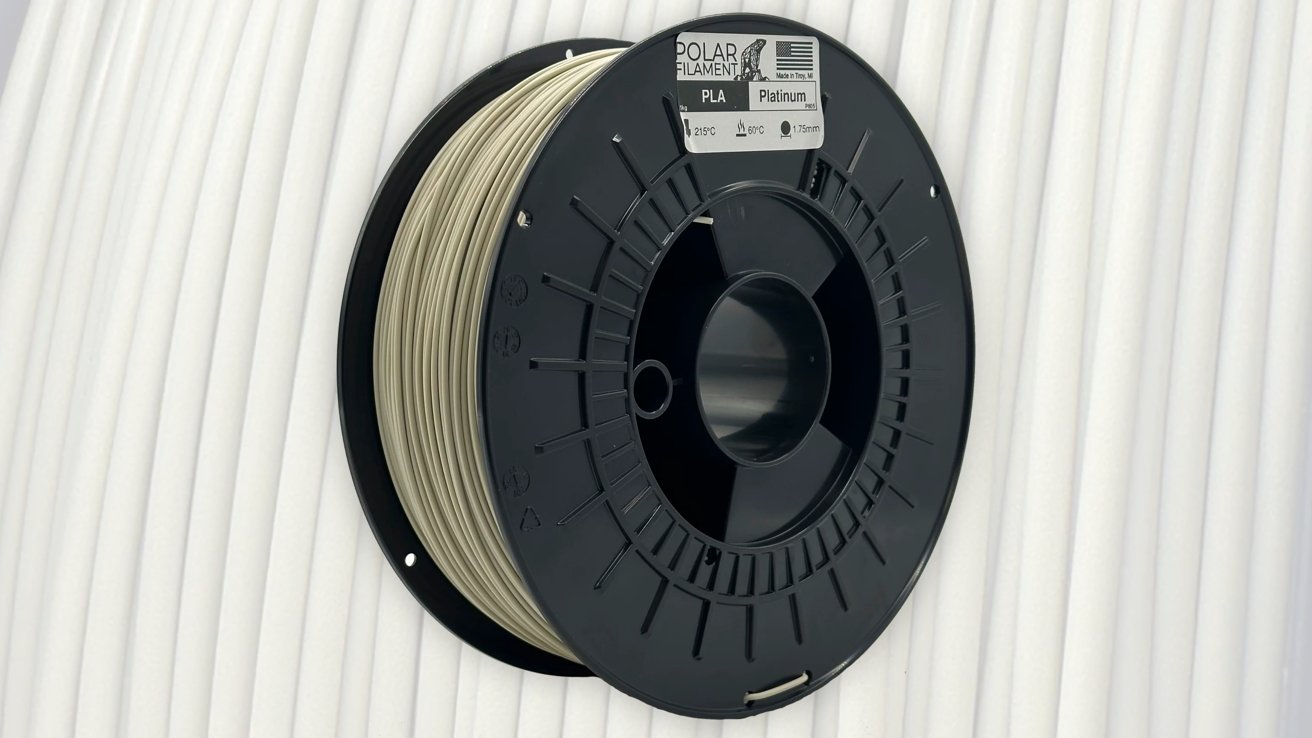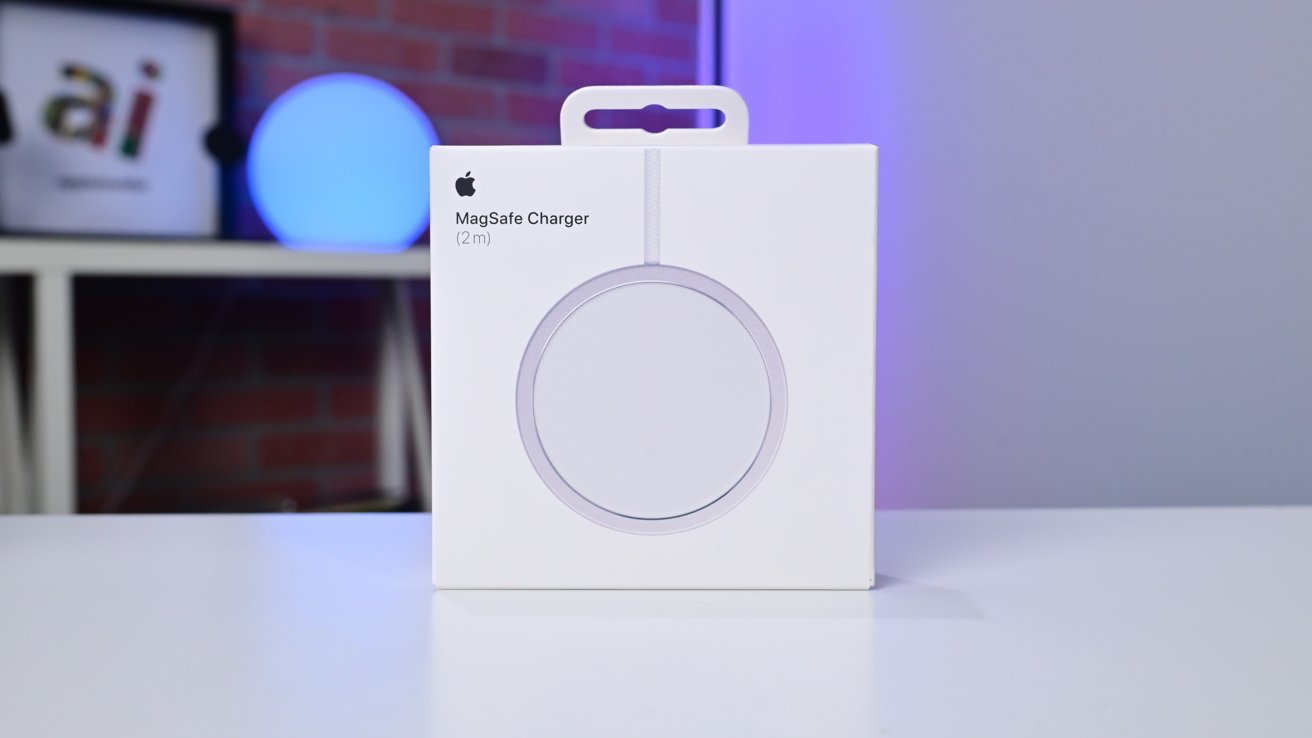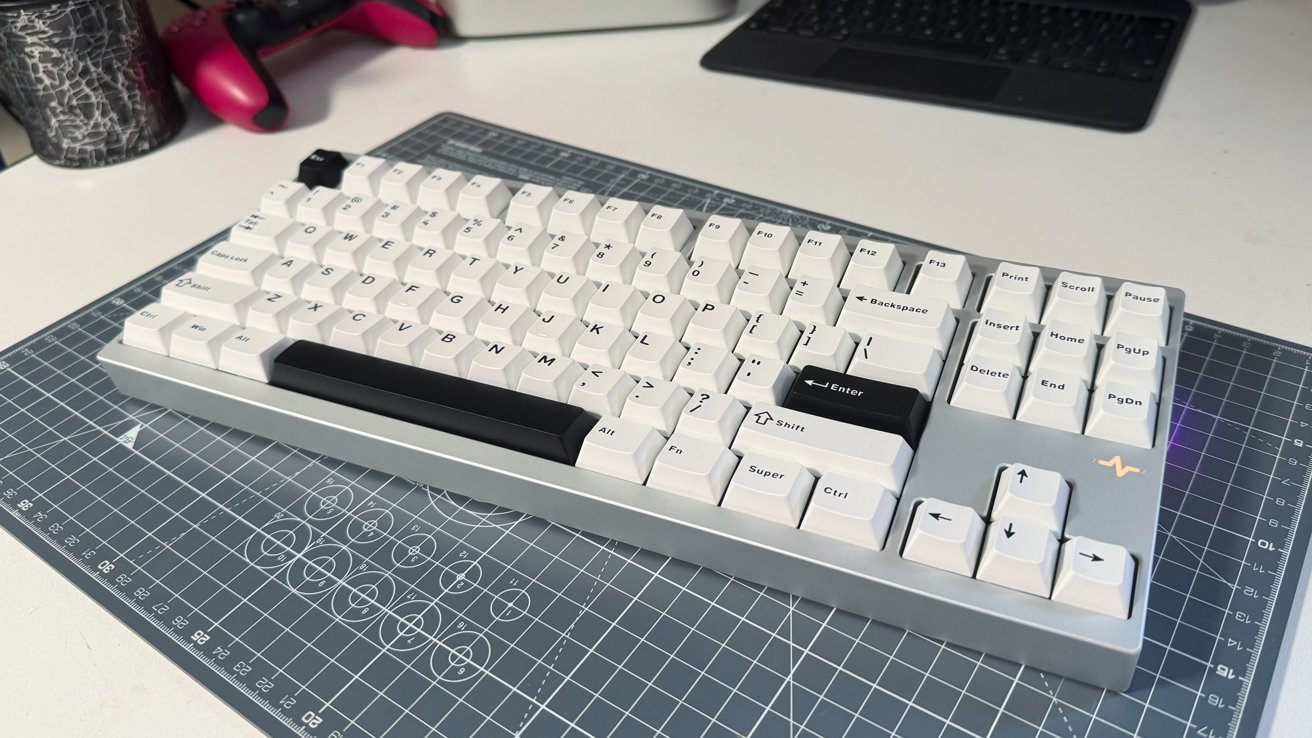Corsair Overhauls Prebuilt, 3-Chamber Airflow Case, & Transparent PSU
We take a look at Corsair’s upcoming i600 pre-built PC, Air 5400 case, Frame 4000D prototype, and more
The Highlights
- Corsair’s i600 pre-built PC is a new revision on the company’s i500 and overhauls its GPU cooler and CPU radiator
- The Corsair Air 5400 is an airflow-targeted case that has air ducts on the top and bottom of its chassis
- Corsair has partnered with Singularity to develop the Frame 4000D prototype, which has an interesting power board that handles cable management
Table of Contents
- AutoTOC
Intro
We visited Corsair’s suite at Computex 2025 and liked some of the stuff the company had to show.
Editor's note: This was originally published on May 21, 2025 as a video. This content has been adapted to written format for this article and is unchanged from the original publication.
Credits
Host
Steve Burke
Camera, Video Editing
Mike Gaglione
Vitalii Makhnovets
Writing, Web Editing
Jimmy Thang
Corsair Air 5400
Corsair will release its Air 5400, which is an airflow-targeted case. On the back side of the case is a giant hole, which couples with a front-mounted radiator that will allow the case to shove air straight out of it. This design allows it to focus air flow for the GPU entirely from its own set of fans at the bottom of the case.
This is probably the most interesting case from Corsair we saw at Computex this year. It should be around $220, though that’s dependent on the everchanging tariff situation.
Internally, the Air 5400 has a duct at the bottom where the case has 3x120mm fans (the entire case is actually set up to support all 120mm fans, which simplifies things). The duct is there to guide air into the GPU. Corsair claims that the case is getting about a 1-2 degree improvement with the duct in a like-for-like test.
If you do end up with a front radiator, then a potential area that gets abandoned in terms of airflow might be around the VRM area and some of the board components like system memory.
There are mounts for fans up on top of the case along with an additional duct.
Looking at the back of the case, there are 2 holes on the back, which is surprising for a 120mm fan. The spacing doesn’t look like it would fit a 120mm fan, but Corsair’s plan is to include a bracket that would adapt a 120mm fan here and would actually cut out into the glass area on the back, which would make you lose about 40% of the fan. This should help but raises some questions about whether it may cause acoustic issues when you partially blast air into a glass wall.
Speaking of glass, the Air 5400’s glass is laminated. A couple companies are doing this now. Corsair says this helps the glass stay more put together to prevent shattering.
Looking at the back side panel, there’s a big acrylic sheet coupled with an area where air can escape.
Opening up the back panel, there’s a huge amount of cable-management depth. You can also see that the motherboard tray is punctured all of the way through. This causes concerns around structural rigidity, but Corsair is using a .8mm thick steel, which helps a little bit here. The company has also strengthened the case’s top panel compared to Corsair’s 4000D case, which received negative feedback in that area.
The Air 5400 is set to be priced at $220 with 3x120mm fans included.
i600
Grab a GN15 Large Anti-Static Modmat to celebrate our 15th Anniversary and for a high-quality PC building work surface. The Modmat features useful PC building diagrams and is anti-static conductive. Purchases directly fund our work! (or consider a direct donation or a Patreon contribution!)Corsair is updating its i500 pre-built PC, which we hated, with its upcoming i600, and the company has improved it a lot.
The i500’s GPU cooling solution had basically no contact with any of the power components. The i600, on the other hand, has massive overhauls here. The case itself has only slightly changed, but the changes made accommodate larger radiators. The block for the video card, including the power components, is totally different in a way that looks promising.
The stuff that jumped out to us right away about the i600 is the fin stacks for the VRM, which is connected to a shared copper nickel-plated base plate for the GPU and memory. Everything is connected to the same base plate, which is connected to the liquid cooler. This means all of the heat gets dumped into the liquid cooler. There’s pros and cons to this design. The pro is that all of the other components get cooled better. The downside is that the GPU itself is sharing the heat dissipation capacity with all of the other components in the cooler. This means you typically see some increase in the GPU temperature as a result. There’s ups and downs to this approach. It doesn’t necessarily mean one solution is better than the other as long as it’s all cooled.
The i600 has copper bars, which contact the MOSFETs. Otherwise, it’s very similar to the i500.
Corsair has also modified its CPU cooler radiator, where the company has moved its tanks off to the side. The tubes are also running in a different direction. Corsair is also moving to 25mm thick fans, where previously they had the slimmer 15mm fans. That extra 10mm will help with pressure and performance a lot.
We plan on doing a review of the PC as soon as we buy one.
Corsair Frame 4000D
We saw a prototype of Corsair’s Frame 4000D, where the company changed a few things. Corsair partnered with Singularity for its powerboard. It’s somewhat similar to Elmore’s BENCHLAB, with the exception of it not logging power. With the case, you basically run all of the power cables into the power board and then route them to their final locations. We count 10 fan headers here along with a bunch of RGB headers. There’s a lot of possibilities with this. Currently, it’s mostly being used as a cable-management tool, but you could, in theory, expand this to include more switches, like fan-control switches. We would really like to see current monitoring. It would make it more expensive but that could be a potentially useful direction to go in where you could monitor on the 12VHPWR, for instance, which would become a great marketing point for Corsair and would be very useful for end users.
The front panel is also different as it has a die-cut edge now.
The power supply setup is also different here with Corsair doing an acrylic wall for the PSU instead of steel. The challenge here is that plastic is an incredibly good insulator. This could raise some ESD (electrostatic discharge) concerns and may cause the PSU to lose some of the shielding that steel provides.
As a part of this design, Corsair has customized the caps and PCBs so that they get nice color matching. It looks pretty nice.
3D Printing
Corsair was telling us how for its upcoming 4000D and its Frame series cases, it was getting into 3D printable panels and pieces.
They showed us how one Corsair employee 3D printed a shroud-like duct, which takes air in through the bottom and shoves it up into where the pump and reservoir are in the image above. These 3D print files are available on Corsair’s account on Printables.
Corsair 5000D
We didn’t care too much about it but Corsair also showed off its new 5000D that has a screen on it, which is a thing companies are doing now.
They also had a 5000D case without the screen, which is a larger variant of the Frame 4000D case. Corsair says that it should be priced around $180, but that’s in flux with the tariffs situation.
Corsair Open Concept
Visit our Patreon page to contribute a few dollars toward this website's operation (or consider a direct donation or buying something from our GN Store!) Additionally, when you purchase through links to retailers on our site, we may earn a small affiliate commission.Corsair’s open concept at Computex is using some of the same Frame components, where the company is trying to make the Frame series modular and represents an open frame.
There’s also an option for fan mounts as well. The company showed a gigantic radiator tower at the show, which is pretty cool to see.
































